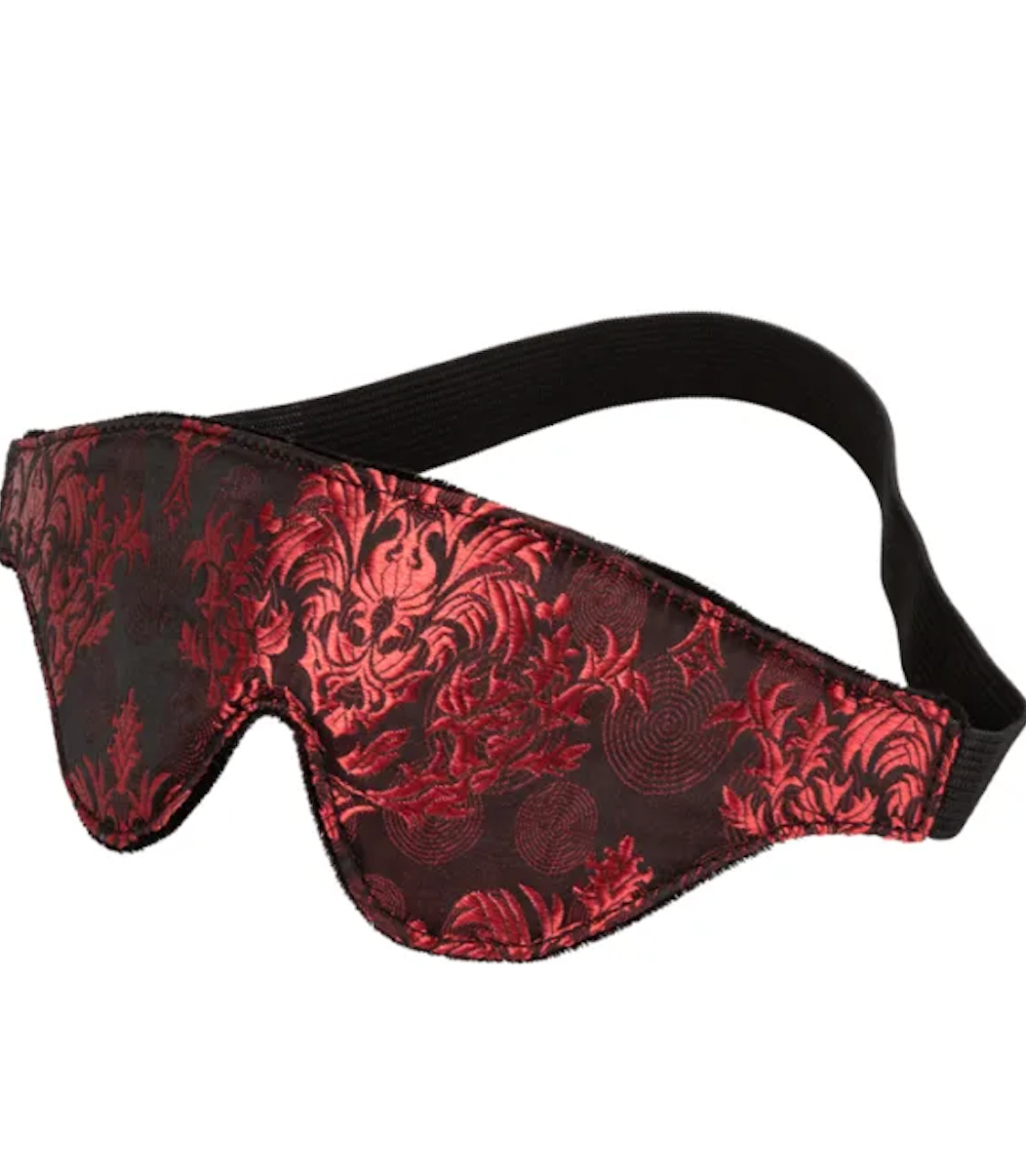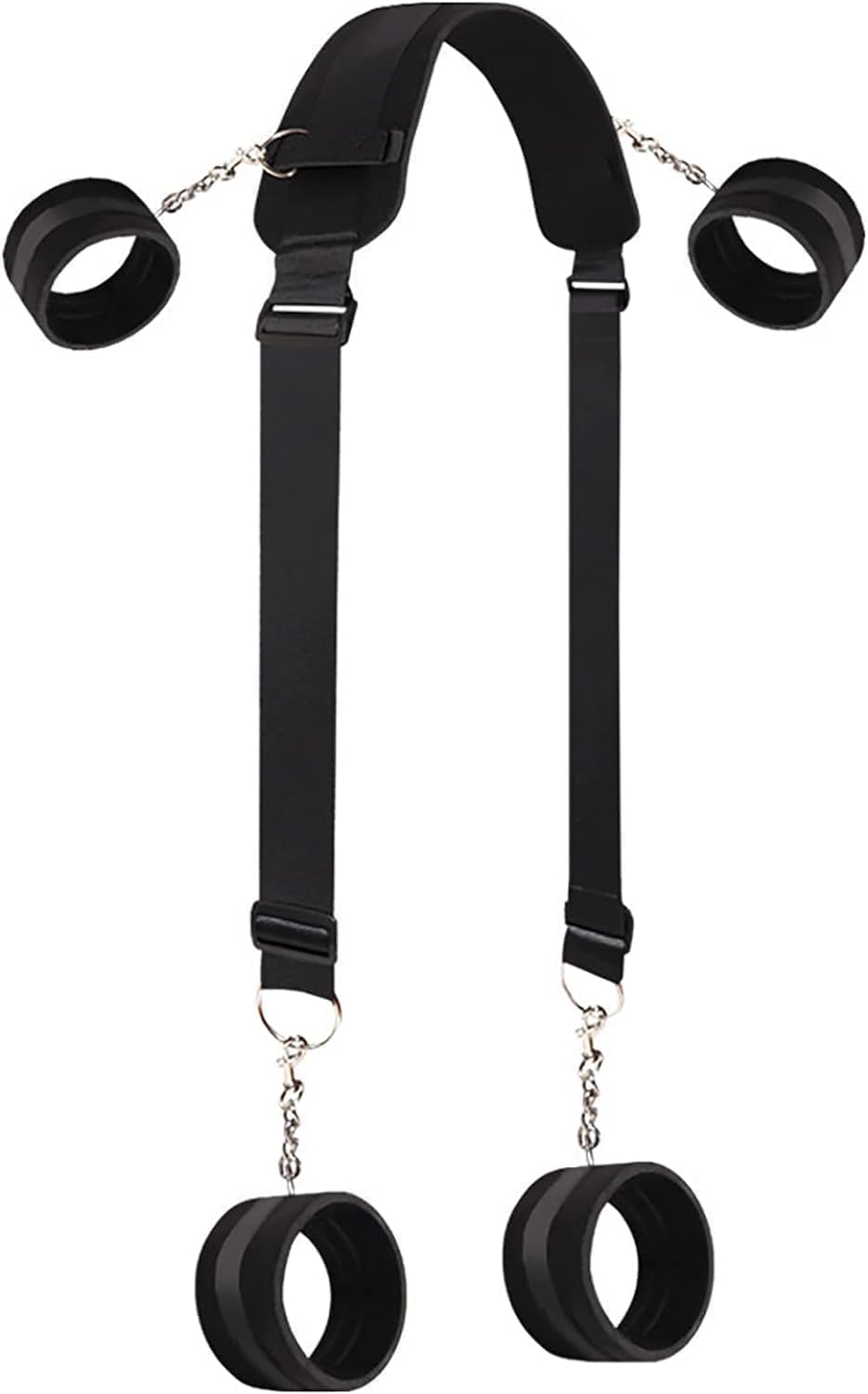
On the A-list of most renowned skincare treatments, chemical peels are at the top. “A chemical peel is applied to the skin to remove the top layers of skin,” celebrity esthetician Shani Darden tells ESSENCE. While the words “chemical” and “skin removal” may seem intense (and, depending on strength, can be), the popular treatment is known to resurface your skin by peeling off all the dead cells. So, if your concern is pore-clogging blackheads, chemical peels can be a great solution; breaking down all the oil and debris in the process.
Below, celebrity esthetician Shani Darden and dermatologist Dr. Dhaval Bhanusali weigh in on chemical peels– and what they can do for your skin.
What is a chemical peel?
According to the American Society of Plastic Surgeons, a chemical peel (also known as “chemexfoliation” or “derma peeling”) is a cosmetic treatment containing acids with varying depths of skin penetration. “Every peel is different but, depending on the strength of the peel, you can experience redness, shedding and skin sensitivity,” Darden says. During the resurfacing process, “[peels] remove damaged skin cells and can improve acne, fine lines, uneven skin tone, and texture.”
What type should I use for blackheads?
“Only certain types of chemical peels will help blackheads,” Darden says. “I like salicylic acid peels for blackheads and do them often in the office,” celebrity dermatologist at Hudson Dermatology and Laser, Dr. Bhanusali adds. In combination with regular extractions, “salicylic acid peels help to balance oil levels and dissolve buildup in the pores which can be great for blackheads,” Darden says.
When consulting with your esthetician or dermatologist, you can ask questions about your skin type, sensitivity, concerns and experience with acids to learn what your skin can tolerate. “If a patient has a significant amount of blackheads, multiple treatments may be needed,” Dr. Bhanusali says. But luckily, “[salicylic acid] is tolerable in all skin types and has a great safety profile.”
Can I use a chemical peel at home?
“There are many different types and strengths of chemical peels,” Darden says. “In-office chemical peels are stronger as they are being administered by a professional and there is a limit to the strength of acid in an over-the-counter at-home peel.” For example, expert medical and cosmetic dermatologist Dr. Dennis Gross has at-home peels of varying chemical strengths, depending on your skin’s condition, from ultra-gentle to extra-strength. As for Darden, “I started to develop my Triple Acid Signature Peel during Covid when my clients weren’t able to come into the studio,” she says. “It has two steps and can be done in only 12 minutes from the comfort of your home with zero downtime.”







Unlike clinical grade peels, at-home peels can be used two to four times a month and can yield similar results.
How should I prep my skin before a peel?
The key to chemical peel prep is not overusing active ingredients. “I recommend for all of my clients to hold off using any retinols or AHAs the night prior to coming in for a peel,” Darden says. “You want to make sure you’re not overdoing it with exfoliants to protect and avoid damaging the skin barrier.” For at-home peels, your skin may not visibly shed, but for clinical grade peels you may experience more redness, shedding and sensitivity in the days after.
What products help prevent blackheads after a peel?
“In addition to monthly peels, I recommend incorporating actives into your nighttime skincare routine,” Darden says. “A great skin care routine should rotate multiple actives at night during the week.” Skin cycling with lactic acid, hyaluronic acid, and other chemical exfoliants can be extremely beneficial when trying to prevent blackheads. “We usually recommend prescription retinoids,” Dr. Bhanusali says. “At home, salicylic acid cleansers and masks are also great options but must be used consistently to see effects.”





